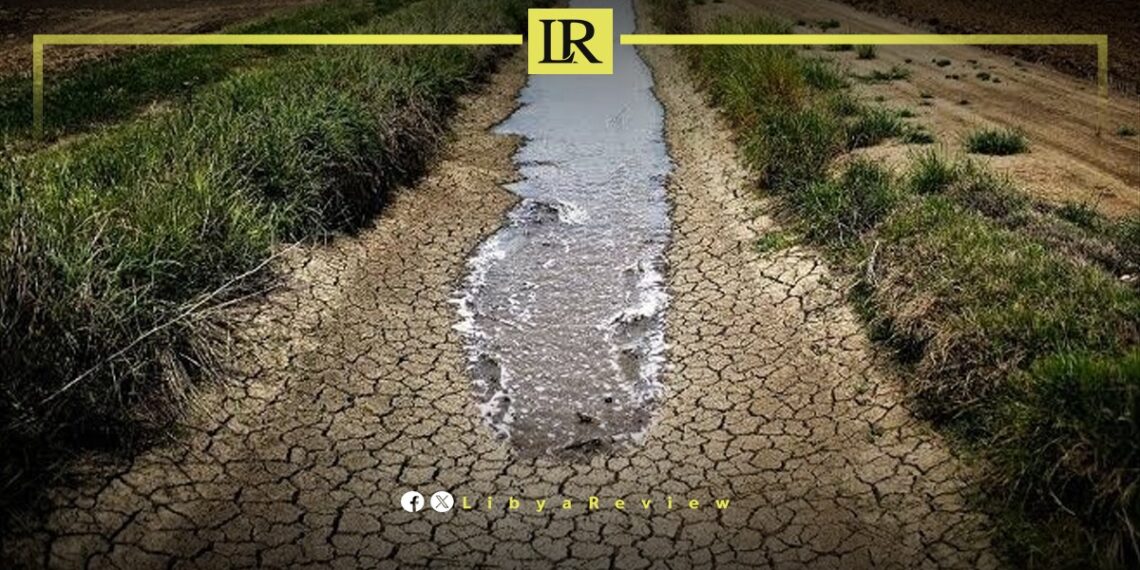According to a report by France 24, Libya is one of the driest countries in the world, with water demand far exceeding its renewable supply. The report highlights the severe challenges Libya faces due to its arid climate and the increasing threats posed by climate change.
Anticipated temperature rises, sea-level increases, and the frequency of extreme weather events are raising concerns about the depletion of water resources. These climate-related threats also pose significant risks to coastal communities and agricultural productivity, thereby exacerbating food insecurity in the region.
Libya’s water scarcity issues are deeply rooted in its geographical and climatic conditions. The country relies heavily on non-renewable water sources, such as fossil aquifers, and the Great Man-Made River project, which transports water from these aquifers in the Sahara to coastal cities. However, these sources are finite and increasingly strained.
Climate change is exacerbating Libya’s water crisis in several ways. Higher temperatures increase evaporation rates, reducing the availability of surface water and groundwater.
This intensifies the demand for water for domestic, agricultural, and industrial use. Rising sea levels threaten to contaminate freshwater sources with seawater intrusion, particularly in coastal aquifers.
This can lead to a reduction in the quality and quantity of available freshwater. The increasing frequency of droughts and unpredictable rainfall patterns further strain Libya’s water supply. Extreme weather can damage infrastructure, disrupt water distribution, and reduce agricultural yields.
Libya’s agricultural sector is particularly vulnerable to water shortages. The sector already struggles with limited arable land and harsh growing conditions. Reduced water availability can lead to lower crop yields and decreased livestock productivity, exacerbating food insecurity.
Food insecurity in Libya is not only a result of climate change but also of political instability and economic challenges. The combined impact of these factors makes it increasingly difficult for Libya to achieve self-sufficiency in food production, increasing its reliance on food imports and making it vulnerable to global market fluctuations.
Coastal communities in Libya face unique challenges due to climate change. Sea-level rise and increased storm surges can lead to flooding and erosion, threatening homes, infrastructure, and livelihoods. These communities also depend on coastal aquifers for freshwater, which are at risk of salinization due to seawater intrusion.
Addressing Libya’s water and food security challenges requires comprehensive strategies that integrate climate adaptation and sustainable resource management.
Key strategies include water conservation and management, implementing efficient irrigation techniques, reducing water wastage, and investing in water recycling and desalination technologies.
Promoting climate-resilient agriculture through drought-resistant crop varieties, improving soil management practices, and supporting agricultural research and innovation is essential. Enhancing water storage, distribution infrastructure, and flood defenses to protect against extreme weather events and ensure reliable water supply is crucial.
Engaging in regional partnerships and seeking international assistance to share knowledge, resources, and technologies for effective climate adaptation will also be vital.


